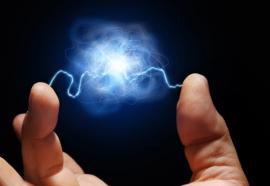Centrica North America: A Retailer's Quest for No. 1
CEO Power Forum: Deryk King, Chairman and CEO of Centrica North America
“We’re three and bit months into the real competitive market in Texas. It will be a remarkable thing if a change as dramatic as we’re seeing there went smoothly and without a hitch.”



